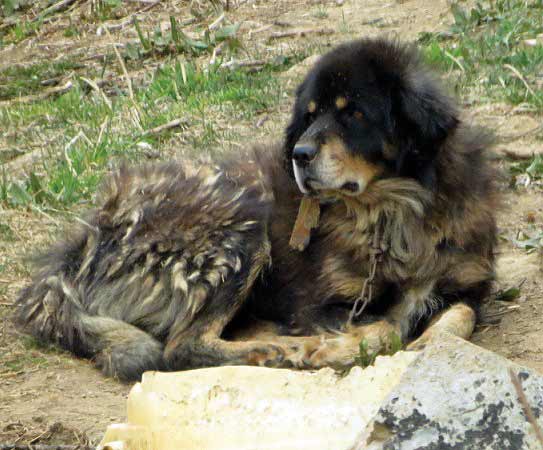
Get a pet.
I am not sure if any writer ever gave that advice to his peers, but writers seem to have a thing for pets. The number of famous writers who kept pets makes it easy to believe that pets could be more than mere companions. Could they be a writer’s muse?
It is not hard to understand why writers tend to be so attached to their pets. Pets are often by their master’s side when they are sweating to get their words right, or when they have the complete manuscript in their hands. They are the first to hear (if their masters read out loud) passages of a potential masterpiece and they are often there when the applause dies down.
Some, like John Steinbeck, crisscrossed a country with his dog Charley, and wrote the popular travelogue, Travels with Charley. “A writer’s first impulse is to let someone read it,” Steinbeck once said. We don’t know what Charley said.
Pets can sometimes help fulfill that impulse: a writer can hear and examine her work by reading aloud to a pet. Perhaps talking or reading your stuff to an animal allows you to release your thoughts without having to worry about criticism. Well, not always, as Steinbeck found out. Max, one of several dogs he had during his lifetime, ate an early draft of his novel Of Mice and Men, effectively becoming the book’s first critic.
Writers gain different things from their pets. The French writer Montaigne often put a cat in his lap while writing. He used the cat to relax after a session of writing. “When I play with my cat,” he wrote, “who knows if I am not a pastime to her more than she is to me?”
E.B. White saw his pets, mostly dogs, as an important part of his life—so important that he wrote an obituary for his dog Daisy, noting that “She also developed, without instruction or encouragement, a curious habit of holding people firmly by the ankle without actually biting them… For my own amusement, I often tried to diagnose this quirkish temper, and I think I understand it: she suffered from a chronic perplexity, and it relieved her to take hold of something.”
Daisy, and a dachshund named Fred, and others, were regulars in White’s writings, not merely characters in his essays but, according to his granddaughter, Martha, his “literary device.” In her introduction to E.B. White on Dogs, an anthology of White’s writing about his dogs, Martha observes that when her grandfather wrote about them he was often writing about himself: “My grandfather also suffered from a chronic perplexity, I believe, and he spent his career trying to take hold of it, not infrequently through the literary device of his dogs.”
Pets, especially dogs, feature heavily in the hugely popular tales of the hunter turned writer Jim Corbett. His dogs accompanied him in the jungles of north India, on the many hunting trips he took in pursuit of man-eaters. It was in the company of his dog Magog that the young Corbett first began to explore forests and it was Magog that led Corbett to his first encounter with a wild animal. Dogs played multiple roles in Corbett’s hunting life – as pets, guides and sidekicks – and Corbett’s stories are among the most moving accounts of friendship and loyalty. They were his muse.
I don’t have a pet here in my apartment in Kathmandu (although several crows, four cats and a dog to whom I feed leftovers everyday might claim they are), but at home in west Nepal we have two dogs and a cat. Sometimes I seek their company when I go out and sit in the pavilion. And when they come up to me with their soulful eyes asking to be caressed it’s clear what message dogs (or any pet) have for a writer: express your feelings.
Original sketch by Hans Messerschmidt (www.themodcorp.com and EditWithUs.com). Steinbeck’s quote is excerpted from a Paris Review article. For E.B. White’s see Maria Popova’s “E. B. White’s Poignant and Playful Obituary for His Beloved Dog Daisy” online at www.brainpickings.org. Jim Corbett wrote a whole chapter about his dog Robin in his best-selling book, Man-Eaters of Kumaon. Kapil Bisht is a freelance writer who has tried, with the childish belief that having a pet beside you while writing will make your writing as good as Steinbeck’s, White’s or Corbett’s, to get his family cat and dogs to sit with him when he writes. But the cat refuses to leave her place beside the fire and the dogs prefer the company of the writer’s father, knowing full well who feeds them nourishment other than words!










